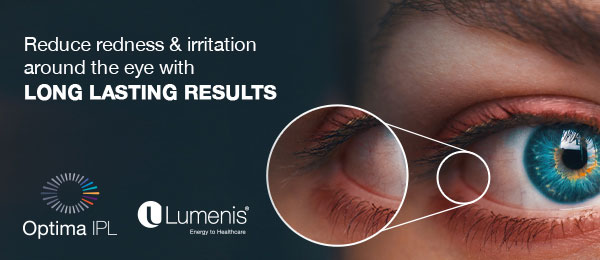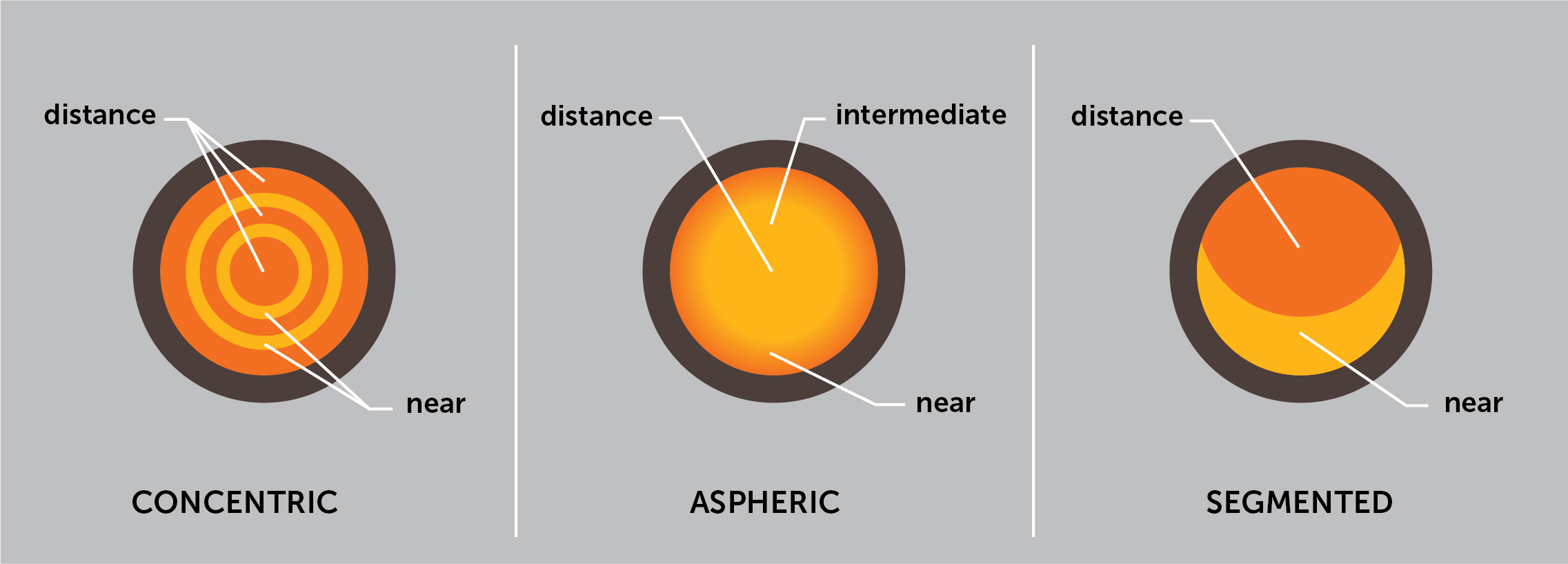According to The Vision Council, 65% of adults experience some form of computer vision syndrome. Often individuals associate eye strain as a “normal” part of computer work. However, the eye strain you are experiencing is a symptom of computer vision syndrome and can be reduced or avoided!
What is Computer Vision Syndrome?
Computer vision syndrome is caused by the eyes and brain reacting to the characters on a computer screen. On-screen characters have less contrast than characters in print and are more challenging for our eyes to focus on. The difficulty of having to focus on the characters on computer screens is what causes eye fatigue and strain.
Symptoms of CVS
Depending on the individual they may experience one, several, or all symptoms of computer vision syndrome. These symptoms can cause discomfort for the individual and make it difficult to complete work effectively.
- Headaches
- Loss of focus
- Burning eyes
- Tired eyes
- Red eyes
- Double vision
- Eye twitching
- Blurred vision
- Neck and shoulder pain
Ways to Combat CVS
Many computer users find their eyes feel strained working under fluorescent lights. Users feel more eye comfort when using floor lamps instead of harsh overhead lights. Minimize the reflection of glare off your computer screen by installing an anti-glare screen on your monitor. Consider closing the blinds to prevent the sun from reflecting off your computer screen as well.
The type of screen and settings of your screen can also impact your eye strain. We recommend making sure you have an LCD screen because it has an anti-reflective surface and is more comfortable for the eyes.
Additionally, you can adjust the settings of your screen for optimal viewing. A few settings to adjust are the brightness, text, and color temperature. The brightness should be the same as your surrounding workstation, the text size and contrast can be changed to your comfort level, and reducing the color temperature lowers the amount of blue light emitted by your screen.
Computer Eyewear
One of the best ways to reduce your risk of computer vision syndrome is to visit our office. Your eye doctor can perform a few tests to detect vision problems which could be contributing to your computer vision syndrome and help decide if computer eyewear is the solution for you. Many individuals discover computer eyewear helps reduce their symptoms and improves their productivity.
Schedule an appointment with our office to discuss the impact computer work is having on your eyes and the best ways to reduce your eye strain and fatigue.

